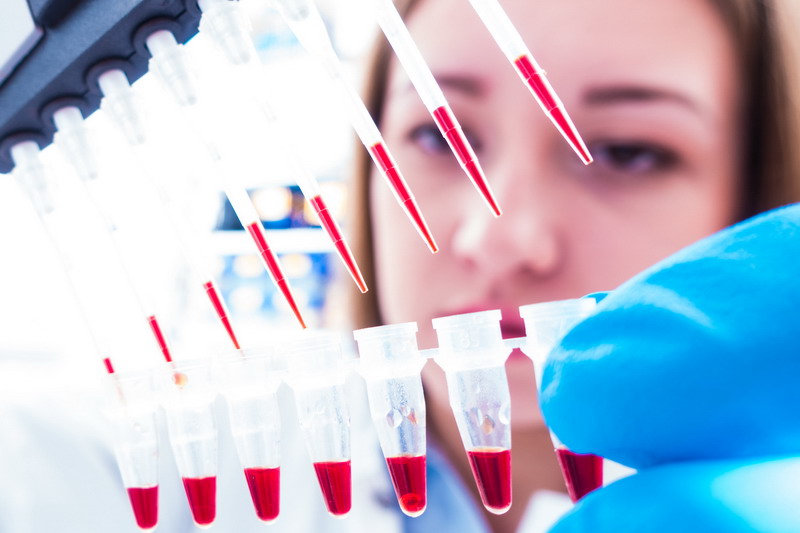Among the many arguments used against the idea of promoting stem cell therapy over more invasive treatments is the argument of limited benefit. In other words, critics claim that because stem cell research has not produced expected results over the last few decades, we should not be putting our hope in it as a beneficial form of medicine.
There is an inherent flaw to this argument. That flaw is found simply by observing other medical treatments that, despite their limited benefits, are still used when appropriate. We do not turn away patients desiring hearing aids because the mechanical devices are limited in what they can do. Using the limited benefit argument as a way to criticize stem cell therapy is simply not justified.
Current Limits of Stem Cell Therapy
The holy grail of stem cell research is to find a way to take stem cells from any donor, isolate them in the lab, and use them to grow virtually any kind of tissue a patient might need. We are still a long way away from that sort of tissue mass production. The nature of mesenchymal stem cells is at the root of the problem.
Mesenchymal stem cells only have a limited ‘shelf life’ as it were, making it difficult to grow tissue that is both stable and complete enough to use in medical procedures. This is the primary reason that the number of available treatments utilizing stem cells is limited.
Treatments involving autologous material are the most commonly known stem cell treatments in use today. Doctors use autologous stem cells to address tendon and ligament damage, joint disease, chronic pain, and even osteoarthritis. Stem cells taken from a patient’s bone marrow can even be used to treat leukemia.
It is evident that, while limited, stem cell therapy does have benefits. Patients successfully treated with it enjoy joint pain relief, may have an opportunity to discontinue long-term pain medication use, and may be able to delay or dispense with surgery altogether.
Misplaced Criticism Doesn’t Help
This article was motivated largely by a report published in the Lancet journal in 2017. That report criticized the progress made by stem cell researchers based on the limited number of available stem cell treatments. The report seems to criticize researchers as being primarily responsible for the fact that we are not yet mass producing human tissue. The report also slams clinics that offer stem cell therapies using autologous material, clinics whose procedures that do not have to be FDA-approved as long as they follow established guidelines.
The Advanced Regenerative Medicine Institute (ARMI), a Utah organization that trains doctors in stem cell and PRP therapies, explains that there is a difference between what researchers are attempting to do in the lab and what the doctors they train do in their own offices.
Doctors offering stem cell therapy as a treatment for osteoarthritis are not attempting to grow new tissue in a lab using stem cells harvested from a complete stranger. They are using the patient’s own stem cells to promote natural healing in the affected joint.
Medical science already knows that autologous stem cells promote healing. That’s why stem cell therapy is used as a leukemia treatment. Clearly there are benefits to using stem cells this way. And while the number of treatments may be limited in number, they are not limited in how they benefit patients.
Limited benefit does not equal no benefit at all. As such, being critical of stem cell therapy because research has not yet produced a wide variety of treatments is completely unjustified.




